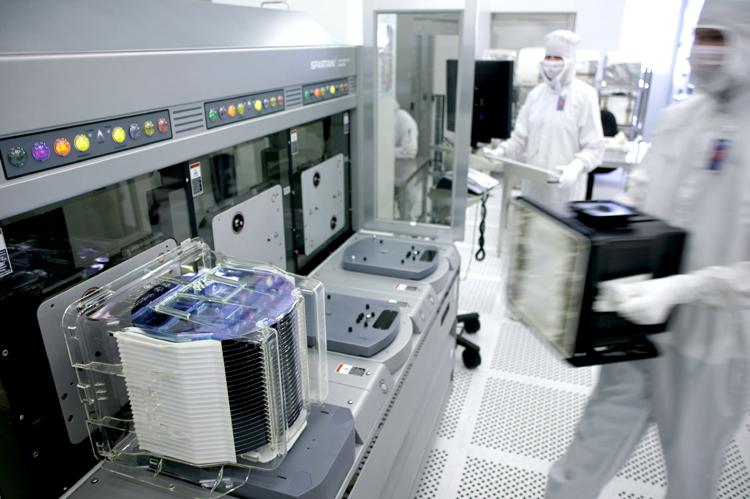Cycle times in FABs are the result of utilization and capacity in relation to the x-factor and are demonstrated visually in the operating curve that shows how shorter cycle times improve throughput. However, this needs to translate into actual revenue to be useful. The positive impacts of shortening the cycle time can be numerous so management should take the time to learn which investments and how much to invest will yield the most value.

The MES can help
In processes where total FAB cycle time is 130 days but should be 80 days there is something wrong. The reason may be underutilization of process equipment, or other underlying challenges optimizing capacity.
The MES does three critical tasks for each and every process step. It schedules, orchestrates, and controls, while it’s connected to the equipment, the WIP, and the enterprise. When this happens, utilization is maximized, and unplanned errors are minimized. The modern MES extends beyond the traditional execution and oversight paradigm by becoming the single source of truth and action on the shop floor. When planning, execution, control, and analysis all happen through a single application the overall efficiency of the operation significantly improves.
Visibility the MES provides through constant and real-time tracking of equipment and material, allows process owners to make decisions and keep processes moving when there are challenges with breakdowns or processing errors. In a highly automated and capital intensive industry there may be inefficiencies in process execution. The financial impact of shipping a production lot in 80 days and not 130 days can be millions of dollars. Implementing a modern MES allows improvement through stronger connectivity and oversight. Reducing cycle time from 130 days to 80 days, brings measurable improvements to the FABs bottom line.
When we look closely at how the X Factor is calculated, we understand that the major impact on this calculation isn’t processing time, but the waiting time. The waiting time can increase as a result of more wafer starts, however, it can also increase based on how efficiently the process flow is planned, orchestrated and executed.
A modern MES platform helps reduce wait times across fabs. An MES can shorten cycle times without compromising the number of wafers started per day.

Cycle time and FAB performance
With an MES, material movements are captured, triggered, and controlled through the application, which means every process step material is available, qualified, and ready to be processed at the right time. Unnecessary movements and waiting times are curtailed by the MES application. When a qualified tool has an issue, the MES provides alternate routes while ensuring the overall schedule isn’t hampered and new bottlenecks aren’t created.
The power of AI enables flexibility of learning and applying gained knowledge to FAB processing and R&D. This cuts waiting time, which reduces the X factor and the overall cycle time allowing the fab the ability to start more wafers and deliver chips on time to customers.
The MES acts as a single execution platform for process discipline and advanced capabilities. For example, it eliminates the need to have send ahead wafers recorded and measured separately or validating recipes manually and capturing sub-recipes and recipe instances because this is automated with the MES.
With the functionalities of a single application, fab personnel can focus on optimizing output and handle a high mix, low volume environment more efficiently. When multiple sites are working on a single platform, the cycle time improvement justifies the investment with a positive ROI. However, this is contingent on choosing an appropriate MES that will improve wait times and maximize the number of wafers processed per day
By Tom Bednarz, source https://www.criticalmanufacturing.com/blog/understanding-acceptable-cycle-times-in-semiconductor-fabs-and-how-to-improve-them/







